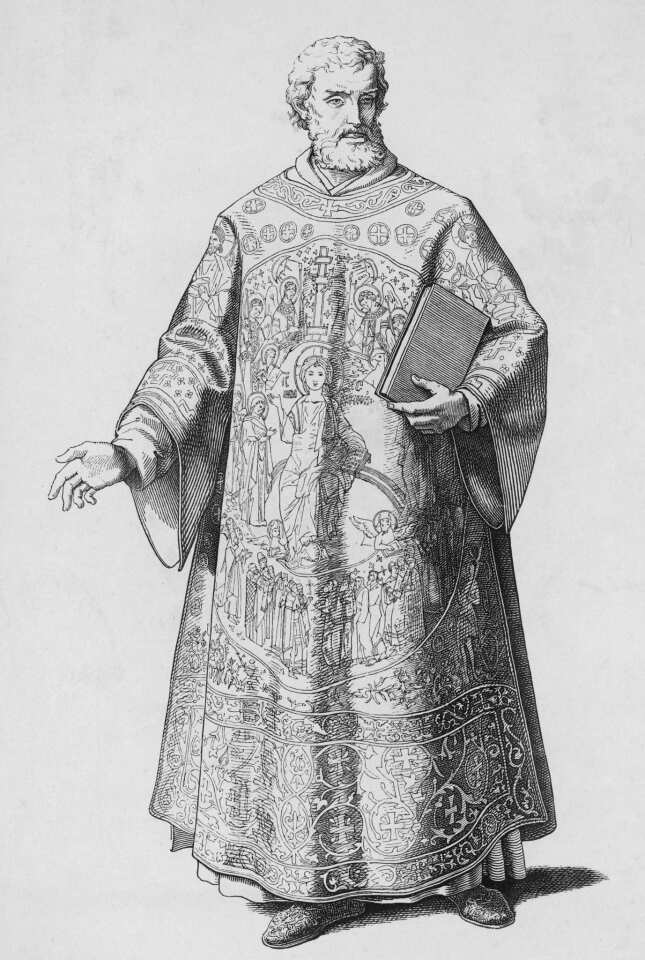You may think you know Santa, but there’s a lot more to the legend than a bag full of presents. Check out a selective history of St. Nick and how he came to be known as the jolly round man in the iconic red suit here.
--Jenn Harris
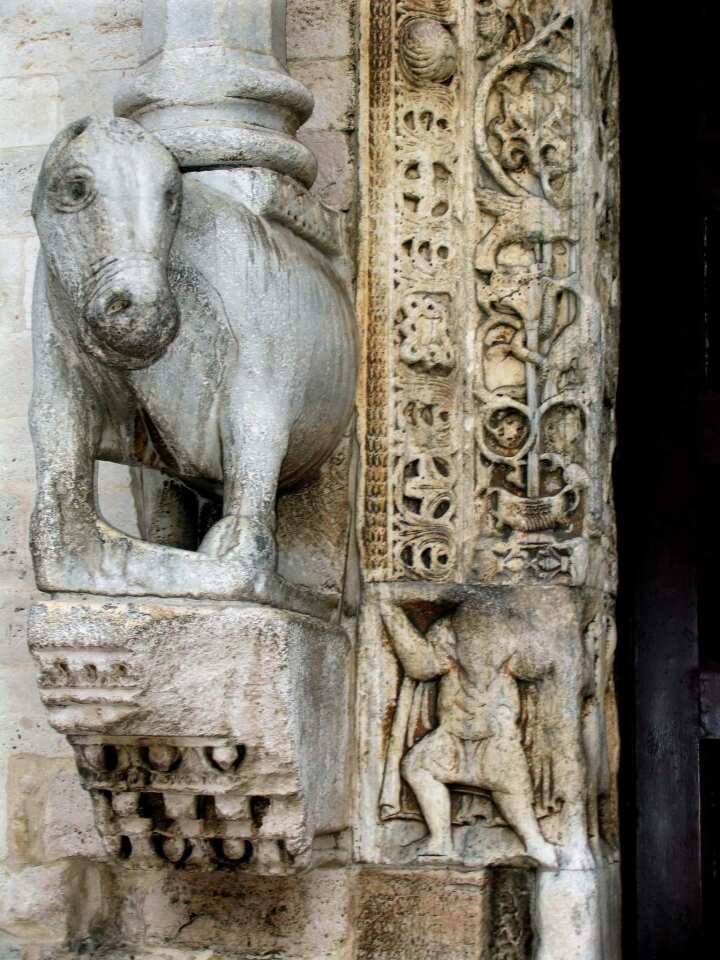
San Nicola basilica in Bari, Italy, where St. Nicholas’ remains are enshrined. In 1807 Italian sailors or merchants are believed to have stolen his remains from Myra. They brought them to Bari, Italy. (Susan Spano / Los Angeles Times.)
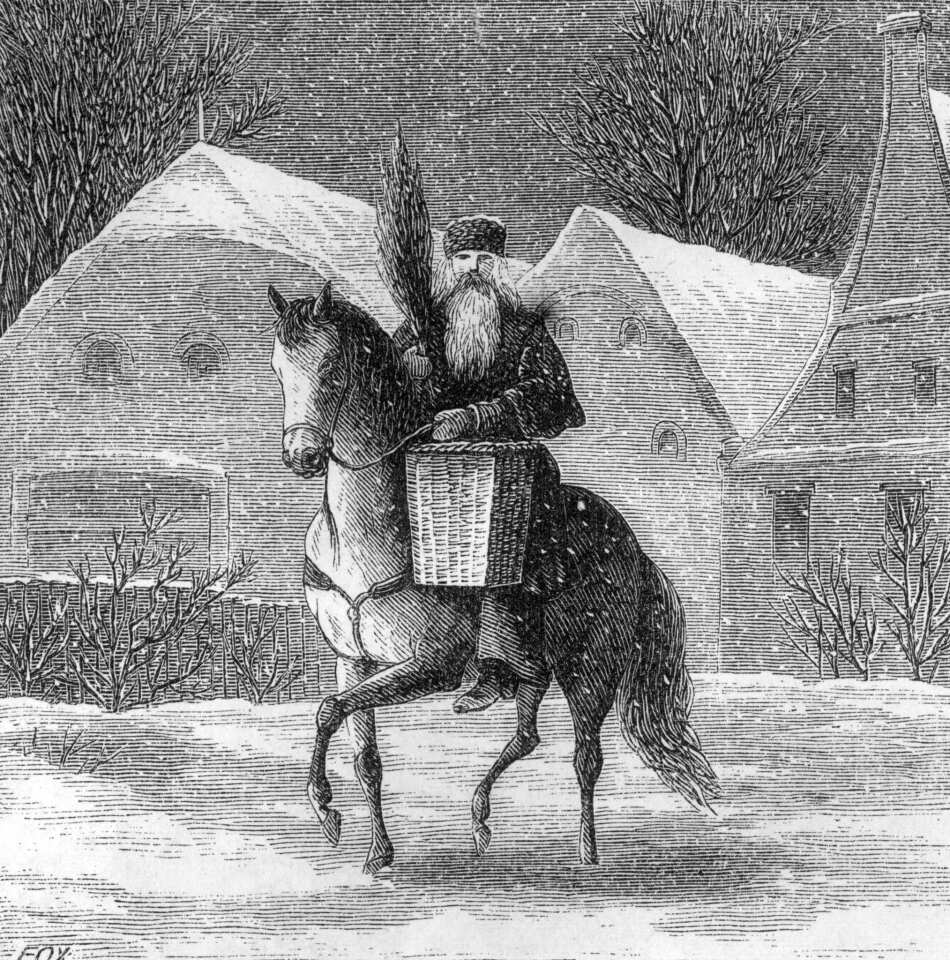
Engraving of St Nicholas from the mid 19th century. (Hulton Archive / Getty Images)
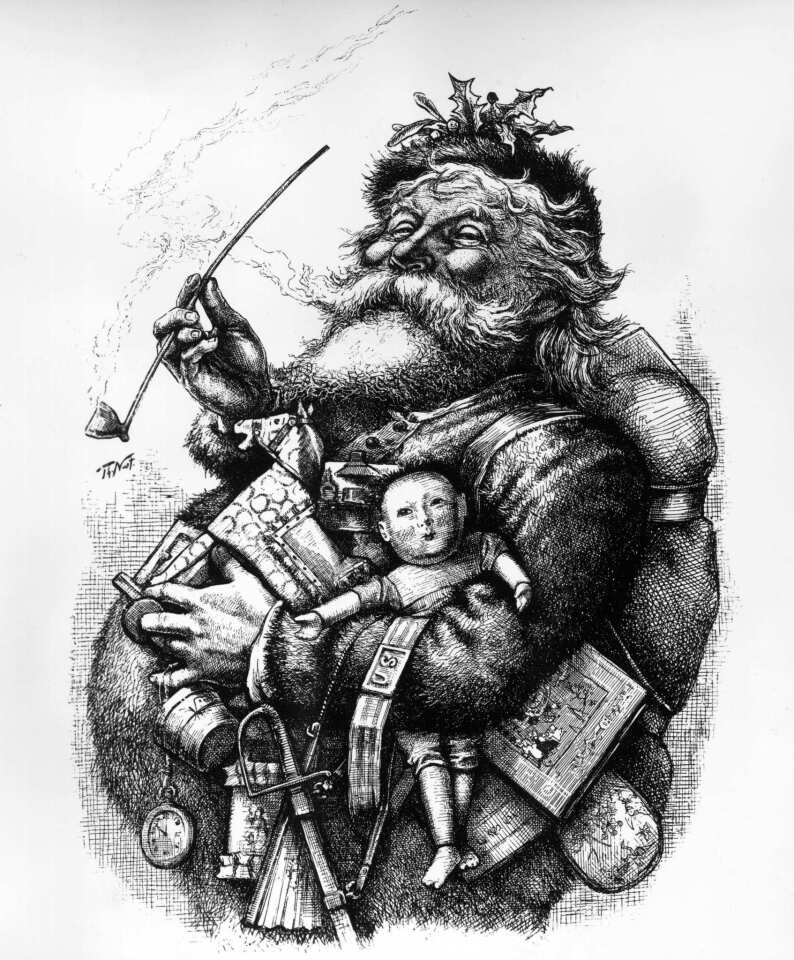
Thomas Nast’s 1880s interpretation of Santa Claus. (Hulton Archive / Getty Images)
Advertisement
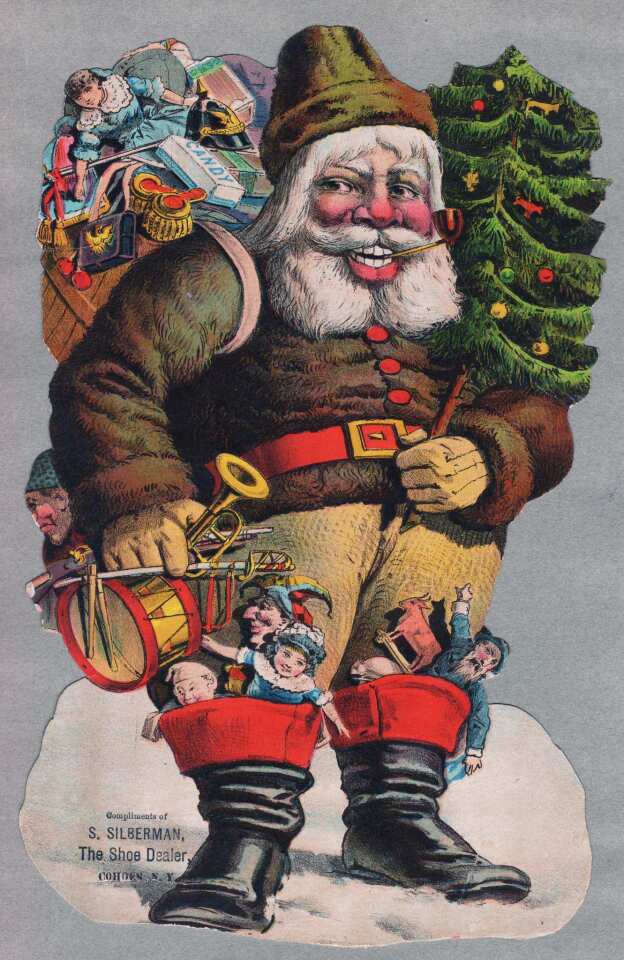
Image of Santa Claus on an illustrated card from the 19th century. The card is stamped with the name of the S. Sliberman shoe store in Cohoes, New York. Here, Santa smokes a pipe and holds a Christmas tree in one hand, a fistful of toys in the other, and wears a backpack that holds more toys (there are also toys stuffed into his boots). (Transcendental Graphics / Getty Images)
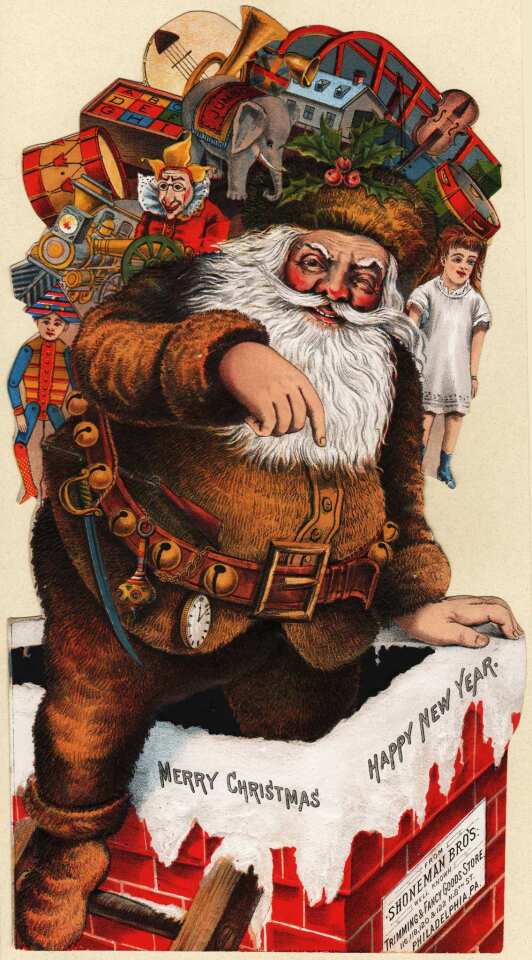
A large die cut lithographic Santa Claus comes from a Philadelphia lithographer in the mid-1880s. The die cut advertises a store with trimmings and fancy goods. (Transcendental Graphics / Getty Images)
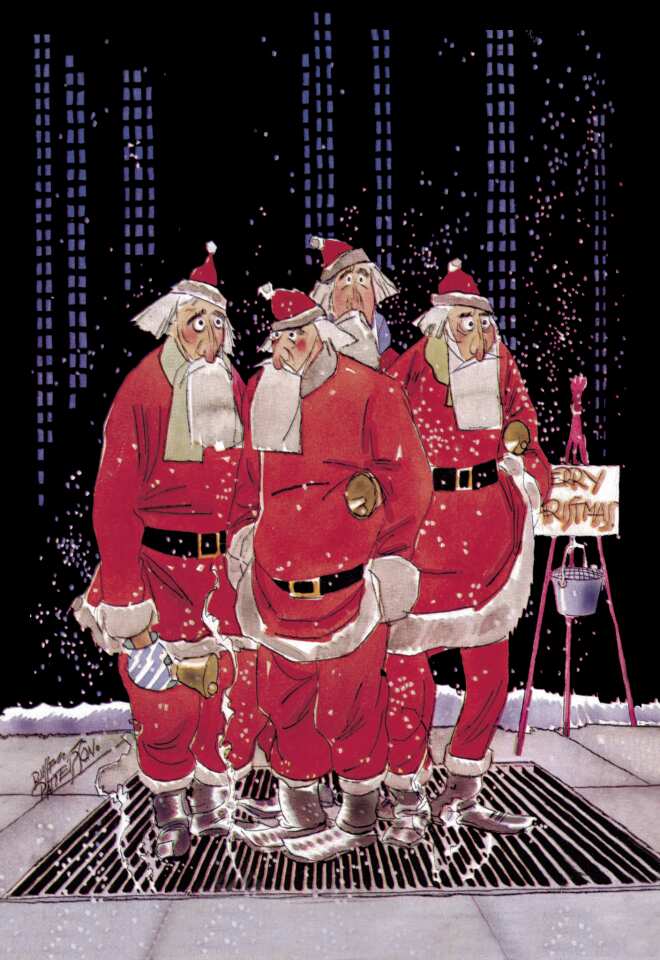
In the early 1890s The Salvation Army began dressing up unemployed men in Santa suits to solicit donations. Pictured is a Christmas illustration from 1900 showing Santas trying to keep warm. (Buyenlarge / Getty Images)
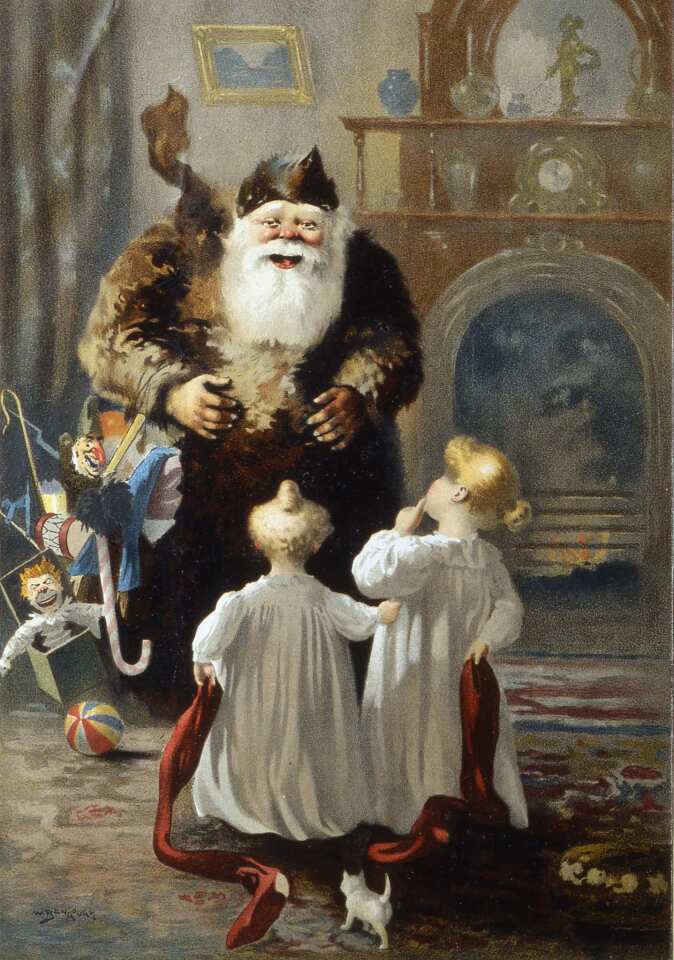
An illustration by W. Bengough shows Santa Claus (or Father Christmas) as he is caught by two young girls in the act of delivering toys, late 1800s. (Transcendental Graphics / Getty Images)
Advertisement

US President Bill Clinton (R) reads Clement Clark’s poem. (Stephen Jaffe / AFP / Getty Images)
